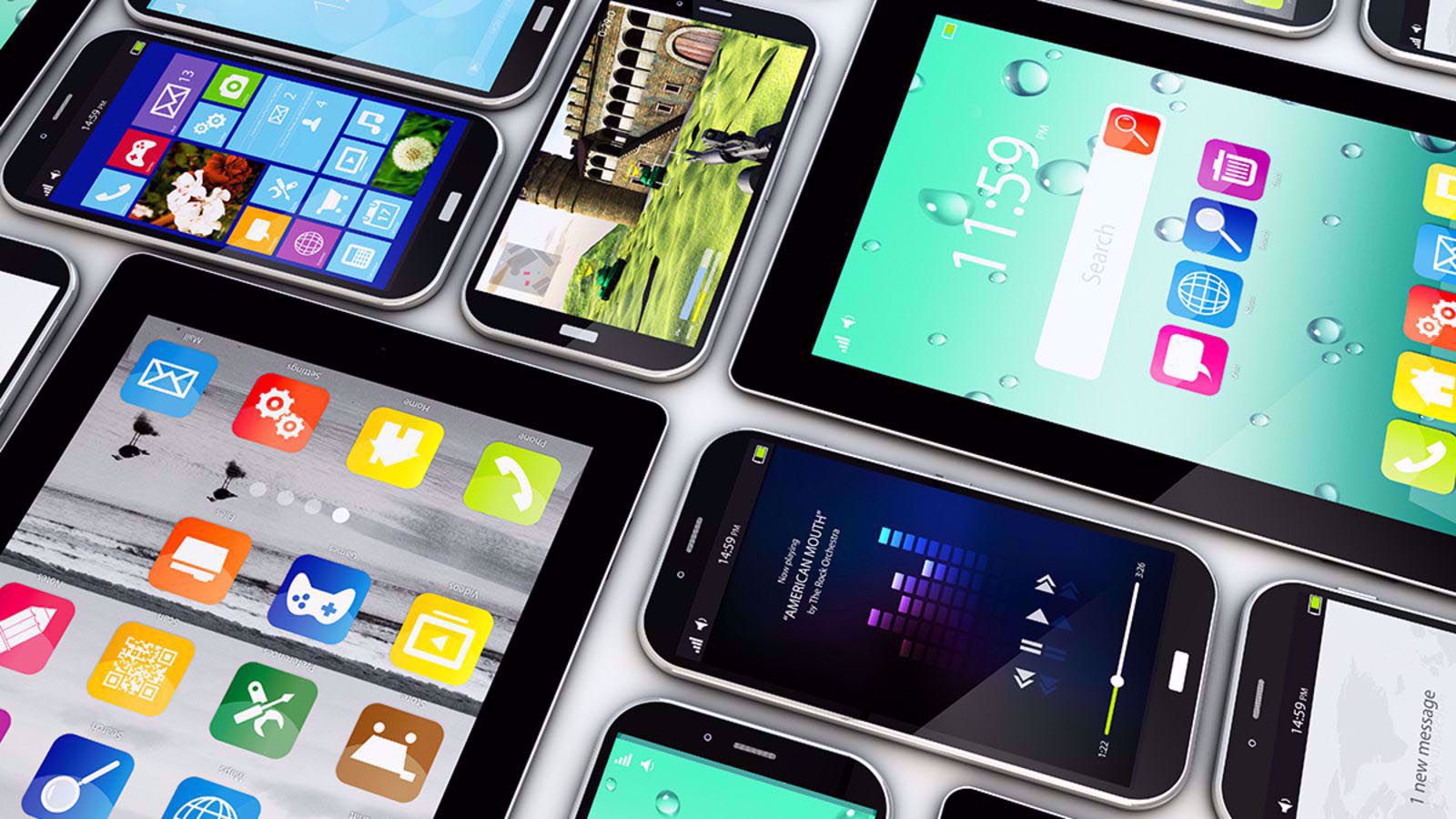One of the most confusing issues travelers face on international adventure trips is how to stay in touch with people back home. There are so many options and so many variables, and it all changes so quickly! Sometimes it seems the best idea is to give up trying to figure it out, and just give folks a list of the hotels where you're saying or the number of the tour company you're going with.

Actually, I think that is a great idea!! It's how people used to travel and it allowed them to truly get away when they were away. Many times I've seen someone on a trip get jerked out of the present and back into their regular life by a cellphone call or text - and usually it is not about something they can do anything about. But that is a whole other topic and I digress.
We've actually tried to lay out all the options in our International trip prep checklist (see the Appendix) but even that isn't easy reading. So in this post, cowritten with Jan Latham, I am simply going to describe what we each do and why.
I carry a phone for two reasons: I want people to be able to get in touch with me if it is urgent; and I want to make any in-country calls that become necessary during a trip. I have an iPhone from AT&T, which means that it works almost anywhere in the world. I usually upgrade to an International Calling Plan for the month I'm gone and I only use the phone as a cellphone when I have to. For any optional calling, I wait until I am someplace that has WiFi. I then use Skype on my iPhone to make calls. If the other person has Skype, then it is free- and we can even see each other! If the other person doesn't, Skype charges pennies per minute to make a call. Either way, I save alot of money.
Jan doesn't have a smart phone, so she can't use skype, and her plan is Verizon, whose network pretty much works only in the U.S. So her options are totally different.
- On personal trips she often uses the tried and true method of purchasing a telephone card that is used by entering a code into the public telephone system of the country. These cards are purchased for specific numbers of minutes and tend to be very economical. In most countries these are readily available even in the smallest towns.
- For AGC trips she might rent an international telephone from Verizon. The telephone rental is free, other than a one-time fee for shipping and handling ($19.99 currently). Your telephone plan is then adjusted for the period of time you will be gone to accommodate calls from the country or countries you will be visiting. All of your personal information on your original cell phone is transferred to the International phone and then transferred back when you return (so people still reach you when they call your phone number). You still have to pay the rates for international calls so be sure to read the fine print. Usually texting is the bargain with this type of arrangement.
- You can also purchase (either before you leave or when you arrive) an inexpensive telephone that works in the country you are visiting and buy time as you go. The companies that specialize in this are called TIM cards or UnoMobile Sim cards. These shops are found pretty easily now in Europe, particularly in the larger cities and airport/railway cities. It is helpful to know the local vernacular for these types of companies; for example, in Scotland they are called ‘Orange’ Sim cards.
Neither of us have personal experience with this but we know you can rent or buy a phone or SIM card from National Geographic. You can see the Cellular Abroad program here.Thier website is helpful in fiuring out the best option for you, based on where you're going and how long you'll be gone.
See how many options there are? Now really, wouldn't it be easier just to give everyone the tour company's phone number for emergencies and tell them you'll send postcards?




